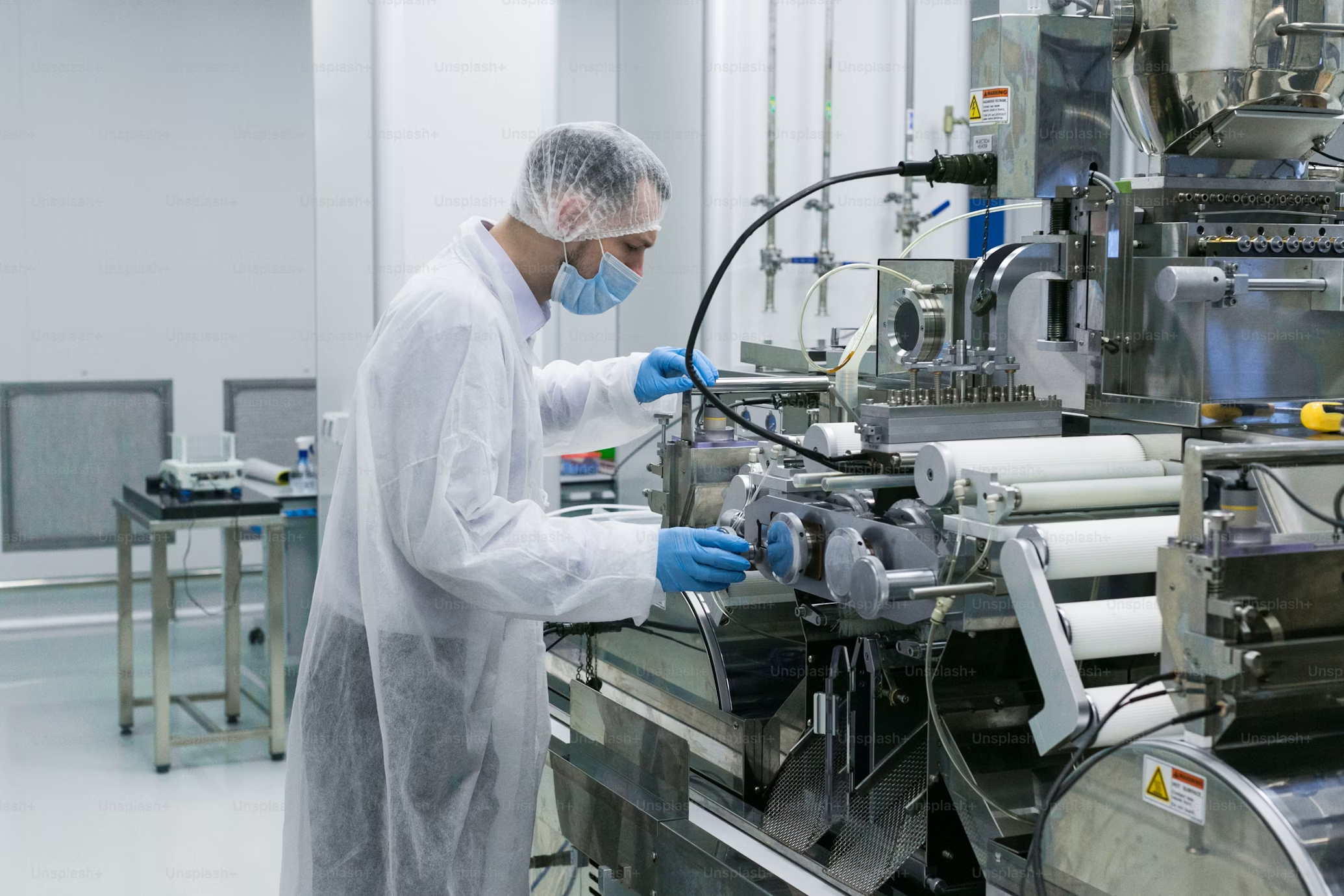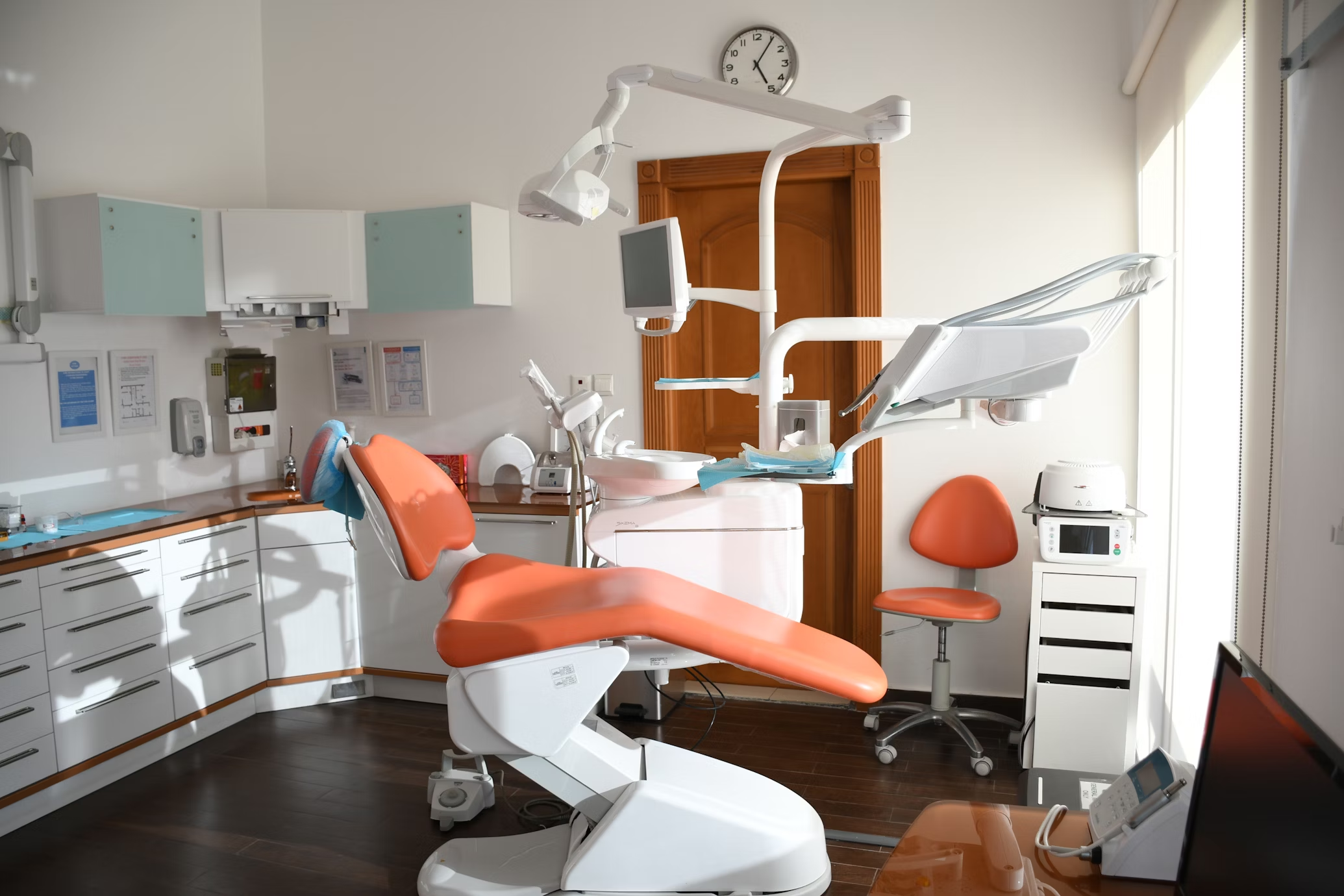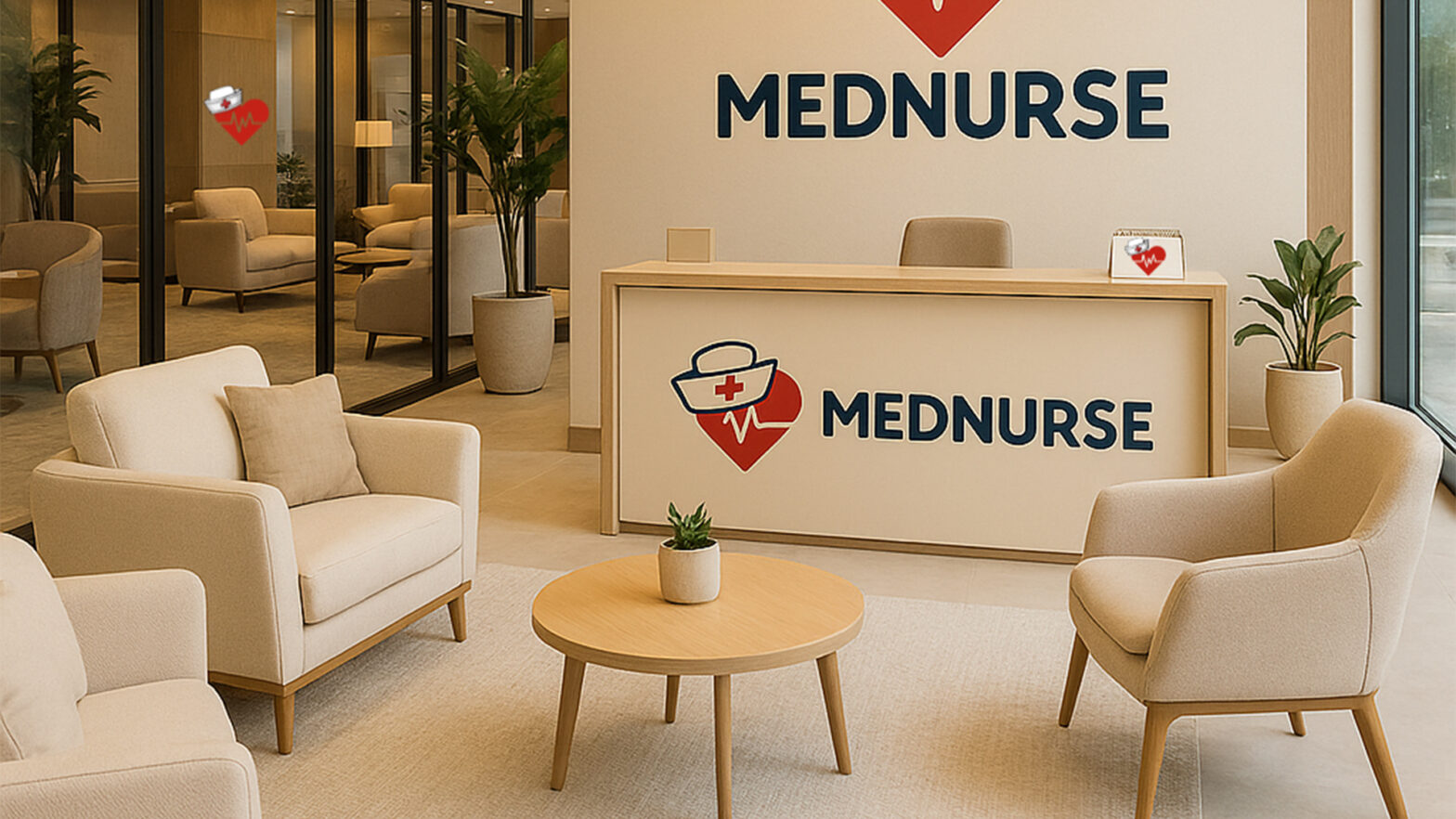
By Dr Aamer Khan
A Growing, Life-Threatening Crisis
Across the UK, millions of people are living with chronic wounds that fail to heal, often for months or even years. These include diabetic foot ulcers, pressure sores, and venous leg ulcers, conditions that are not only painful and debilitating, but also carry a high risk of serious complications, including amputation, infection, and reduced life expectancy. With an ageing population and rising prevalence of diabetes and vascular disease, chronic wounds represent a growing and under-addressed health burden in the UK.
Chronic wounds are more than a quality-of-life issue; they are life-limiting and in many cases life-threatening. Diabetic foot ulcers precede approximately 84% of diabetes-related lower limb amputations. According to Diabetes UK, over 9,000 amputations a year are caused by diabetes, with the majority resulting from foot ulcers that fail to heal. The NHS performs over 11,000 lower limb amputations annually. This is not only devastating for patients and families, but comes at a staggering economic cost. Treating diabetic foot ulcers alone is estimated to cost the NHS more than £1 billion per year.
A Massive Cost to the NHS
In total, wound care is now one of the largest clinical burdens on the NHS. A 2020 study found that wound care management in 2017–18 cost the NHS approximately £8.3 billion annuallyof which £5.6 billion was associated with wounds that did not heal.
The scale of the challenge is significant: in 2017–18, an estimated 3.8 million patients were managed for wounds across the UK – a 71% increase compared to 2012–13. This surge reflects both demographic changes and increasing rates of comorbidities such as diabetes and vascular disease. Yet, despite the rising clinical and financial burden, the infrastructure for treating complex wounds has not kept pace.
Systemic Delays and Fragmented Services
At the heart of this crisis lies a systemic issue: delays in care, fragmented services, and reliance on conventional treatments that often prove ineffective for chronic or complex wounds. Patients are frequently passed between GPs, community nurses, and hospital specialists, with no single care team taking ownership of the treatment pathway. This lack of continuity increases healing times, contributes to complications, and leads to avoidable hospital admissions and surgeries.
There is a pressing need for earlier intervention, integrated care models, and access to more effective treatments.
The Promise of Regenerative Therapies
One area of innovation showing significant promise is the use of regenerative therapies based on autologous blood products, such as platelet-rich plasma (PRP). These therapies harness the patient’s own healing biology, concentrating platelets and growth factors from their blood and applying them directly to the wound to stimulate tissue regeneration and reduce inflammation. In wounds where blood flow is compromised and healing has stalled, such therapies can help reinitiate the repair process in a controlled and targeted way.
Specialist providers now deliver evidence-based regenerative treatments in community settings through nurse-led, mobile service models that bring advanced wound care directly to patients – whether in care homes, outpatient clinics, or even their own homes. This decentralised approach not only increases accessibility but also ensures patients receive consistent, specialist-led treatment throughout their healing journey.
A Personalised, Minimally Invasive Approach
Treatment protocols are minimally invasive and tailored to each patient’s specific wound type and health status. The process begins with a small blood draw, which is processed using sophisticated centrifugation systems to separate and concentrate the plasma and platelets. These components, rich in growth factors, are then applied topically or injected into the wound area under clinical supervision.
The goal is to stimulate angiogenesis (the formation of new blood vessels), encourage cellular repair, and accelerate the formation of healthy tissue. Because the treatments are derived entirely from the patient’s own blood, they carry a very low risk of rejection or adverse reactions.
Real-Life Impact: Francesca’s Story
A notable case illustrating the impact of this approach is that of Francesca Cranage, a 54-year-old nurse from Leicester and a type 1 diabetic with an underlying blood condition. Francesca sustained a small nick on her leg after it was accidentally scraped by a child’s shoe at a family gathering. Despite wearing jeans, the minor injury developed into a serious chronic wound due to the fragility of her skin and impaired healing associated with diabetes.
Over time, conventional care failed, and the wound became a persistent source of physical and emotional distress. After years of unsuccessful treatment, Francesca was offered a personalised regenerative therapy using autologous PRP. Within weeks, the wound began to close. Her case is particularly significant as it demonstrates the potential of regenerative medicine in situations where standard NHS treatments have been exhausted.
Today, her wound remains healed, and she is back to work and living independently – outcomes that would not have been possible without access to this advanced therapy.
NHS Trials and Clinical Evidence
Early trials conducted at NHS Trusts, including Barts Health, support these results. Patients with longstanding wounds that had previously resisted treatment saw accelerated healing and significant improvements in quality of life after receiving PRP-based therapies. These outcomes are consistent with a growing international body of evidence supporting the use of autologous regenerative treatments in wound care.
This model of care addresses two key barriers to effective wound management in the UK: access and continuity. By operating through mobile wound healing units and peripatetic clinical teams, treatment is delivered directly to patients, reducing the reliance on hospital-based interventions and ensuring faster, more efficient care. This approach also relieves pressure on primary care services, as patients no longer need to navigate multiple appointments across different departments.
In addition to PRP, some providers are also trained in other regenerative modalities, including stem cell therapies derived from bone marrow aspirate. These treatments are currently reserved for more complex or treatment-resistant wounds but represent the future of advanced community wound care.
Integrating Regenerative Medicine into Standard Care
Looking ahead, regenerative medicine must be integrated into mainstream wound care policy. As prevalence rates of diabetes and vascular disease continue to rise, so too will the incidence of chronic wounds. The NHS cannot afford to rely solely on conventional dressings and antibiotics when safer, faster, and biologically active alternatives are available.
Healing a wound is not simply about closing a surface—it is about restoring function, dignity, and independence. Patients like Francesca are proof that chronic wounds can be successfully treated when the right intervention is delivered at the right time by the right team.
Regenerative wound therapies offer more than just symptom management. They offer clinical resolution, lower long-term costs, and improved patient outcomes. By investing in these treatments and the infrastructure to deliver them, chronic wound care in the UK can be transformed.
About the Author
Dr. Aamer Khan is a pioneer in cellular and regenerative medicine and the Clinical Director of RegenSphere, an innovative regenerative medicine service delivering advanced wound care therapies for chronic, complex wounds at the point of care. RegenSphere specialises in providing accessible, minimally invasive treatments using autologous platelet-rich plasma (PRP) and stem cell therapies derived from the patient’s own blood and bone marrow. Operating a peripatetic, nurse-led service model, the organisation ensures advanced care reaches patients directly in their communities. The leadership team combines decades of experience in regenerative medicine, research, strategic development, and operational healthcare delivery models.
Go to: RegenSphere – Human Health


















